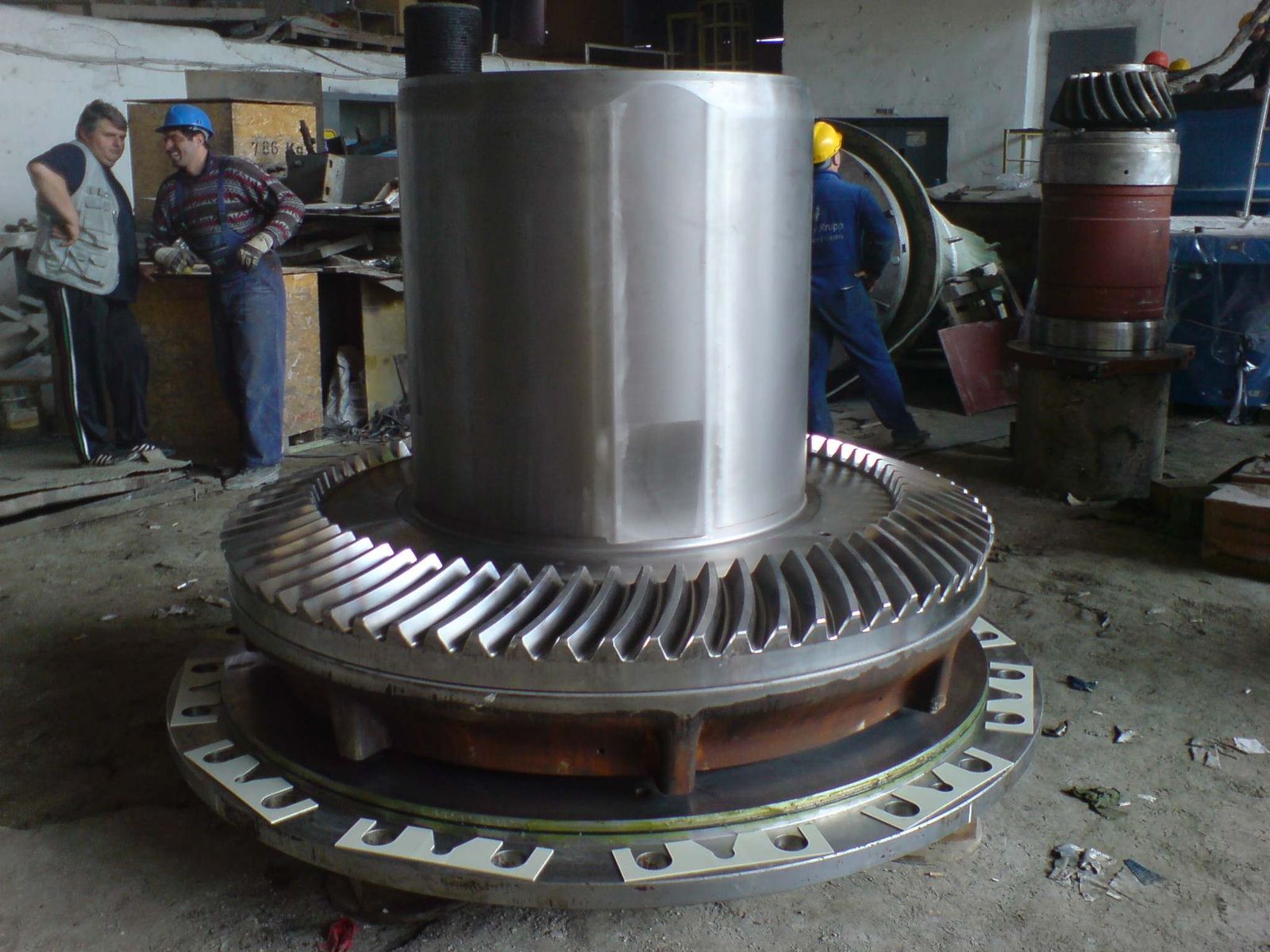The Benefits of Bevel Gear Technology
ATA Gears collaborates with FLSmidth to successfully keep mining equipment running efficiently.
The Danish company FLSmidth wants to be in constant dialogue with their customers in the mining and minerals industry to develop individual and pioneering solutions for better productivity as well as the responsible and efficient use of natural resources. As the drive is the heart of the crusher, the bevel gear is one of its most important components, making gear quality crucial to the design and manufacture of reliable crushers. This means that FLSmidth wants to use only the best and most reliable partners to supply those gears.
“ATA Gears has been working together with FLSmidth since the 1990’s and we have developed new bevel gear designs for several crusher types over the years,” said Pentti Hallila, sales manager at ATA Gears.
Hallila said ATA Gears supports its customer base on bevel gear design daily examining everything from efficiency and reliability to performance and assembly. “High power transmission efficiency without big energy losses is always desired, but the top priority is reliability.”
Understandable, seeing that these bevel gears need to operate effectively—under a full load with an ideal tooth contact pattern—in harsh environments for an extended time period.
History of Bevel Gears/Gyratory Crusher
Compared to straight-toothed gears, the advantage of spiral bevel gears is smoother and more gradual tooth engagement. This not only reduces noise but also the impact stress on the teeth. Moreover, spiral bevel gears, unlike straight-toothed gears, don’t break under heavy load or at high speed. The first ATA spiral bevel gear was manufactured in 1940. Since then, these specially designed, spiral-toothed gears have become renowned for their superior power transmission capability. Today, ATA spiral bevel gears and bevel gear systems are utilized in marine, industrial and heavy engineering applications that must have high-quality. ATA can produce gears from 50 mm to up to 3,000 mm in diameter – and the optimal unit solution for any requirement.










 Power Transmission Engineering is THE magazine of mechanical components. PTE is written for engineers and maintenance pros who specify, purchase and use gears, gear drives, bearings, motors, couplings, clutches, lubrication, seals and all other types of mechanical power transmission and motion control components.
Power Transmission Engineering is THE magazine of mechanical components. PTE is written for engineers and maintenance pros who specify, purchase and use gears, gear drives, bearings, motors, couplings, clutches, lubrication, seals and all other types of mechanical power transmission and motion control components.